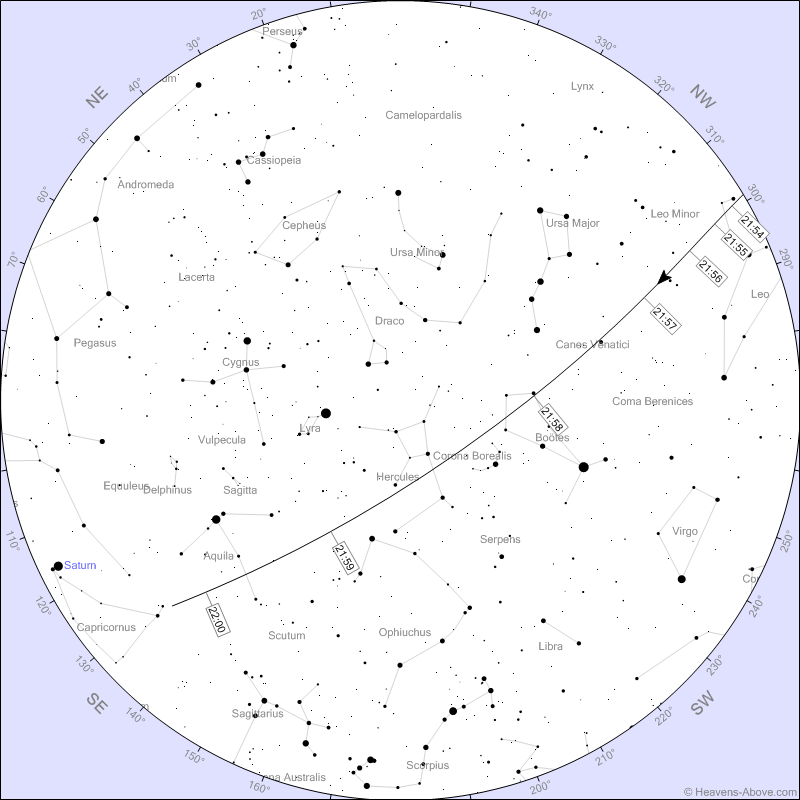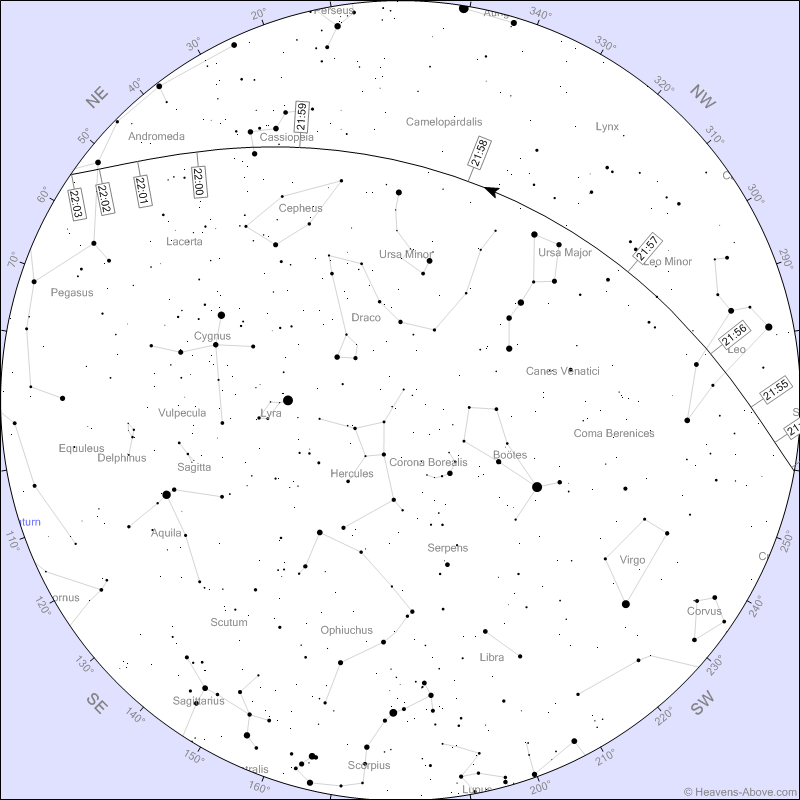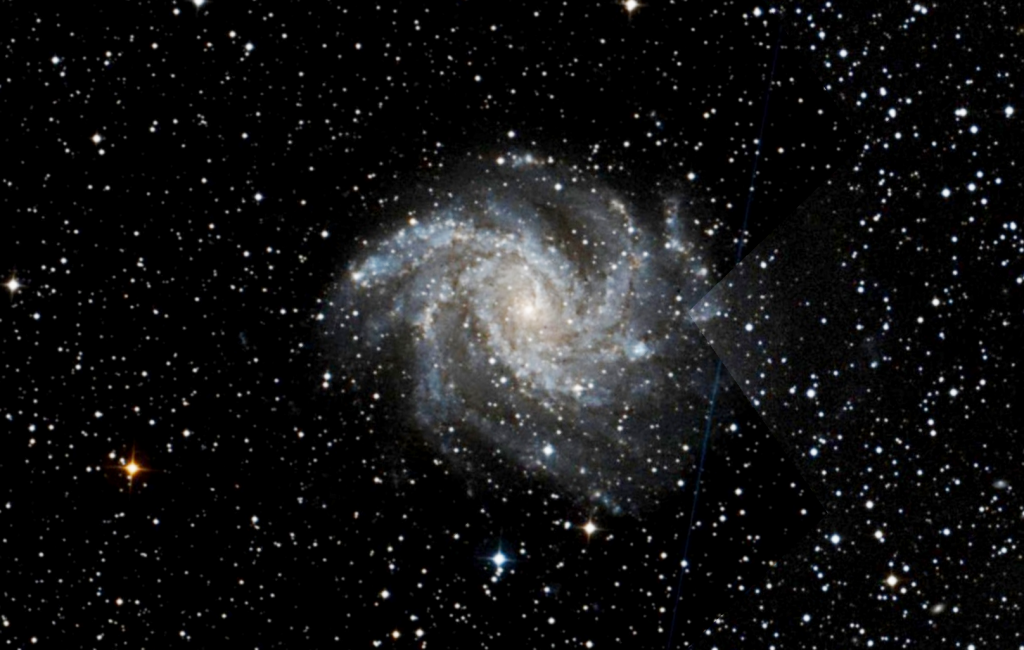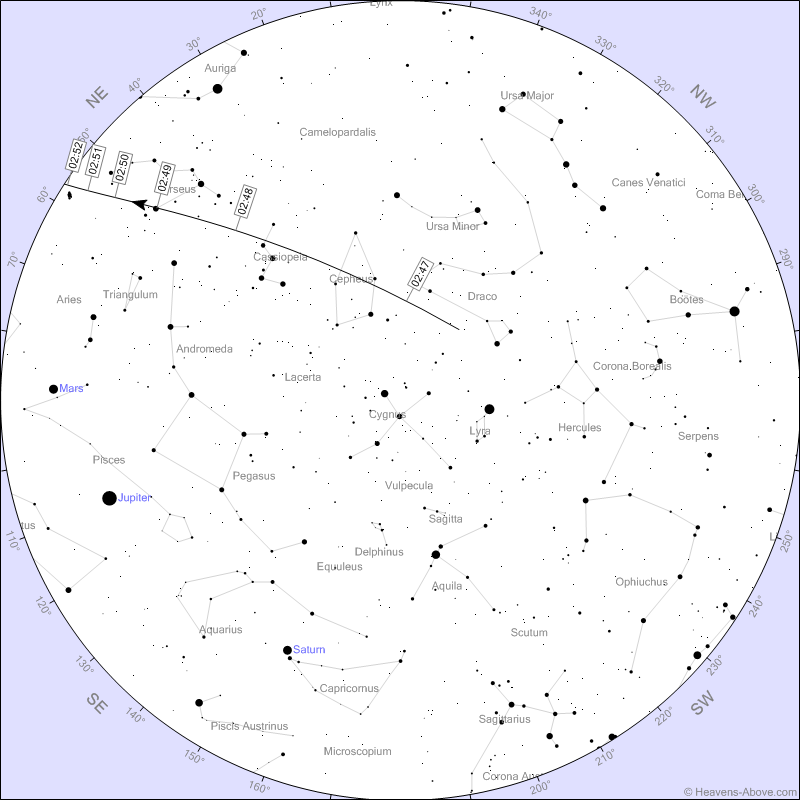Moon Doings on Mid-Summer Evenings, Planets Party from Dusk to Dawn, and Meteors, in Moderation!
This fantastic image of the Lion Nebula, also known as Sharpless-132, was imaged and processed by Tammy Foley. She gathered 19 hours of exposure time through various filters for it. During evening in early August, the lion is prowling the northeastern sky between the W of Cassiopeia and the bright star Deneb in Cygnus, but…
Read more









